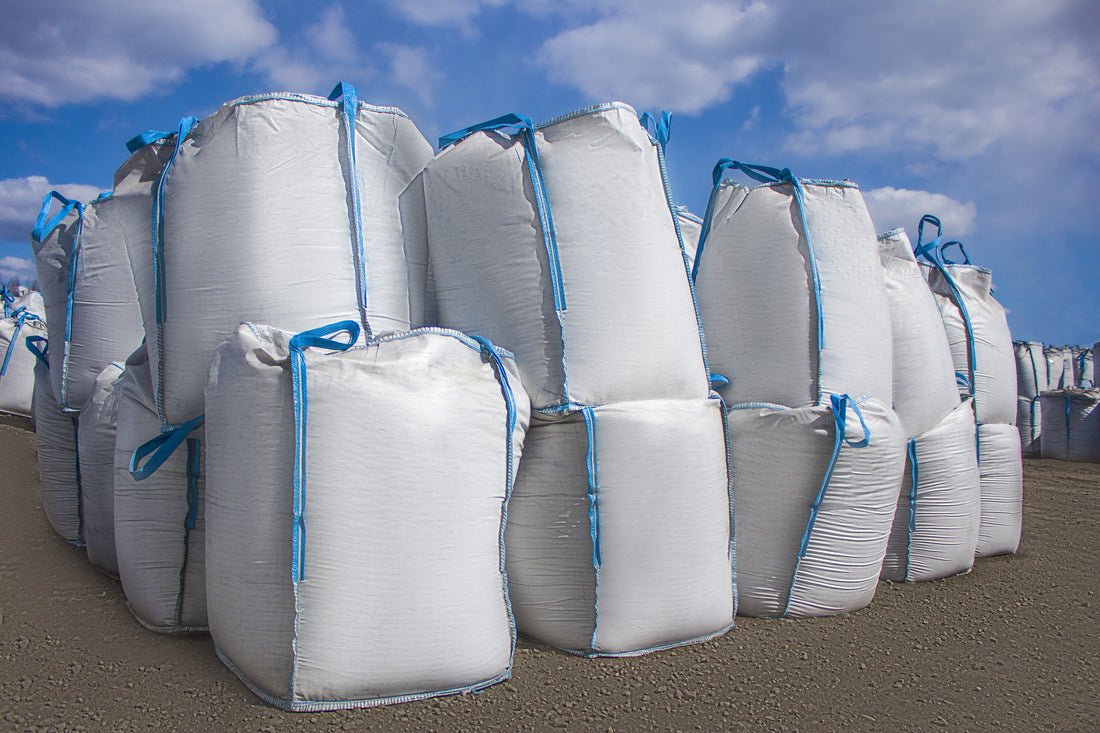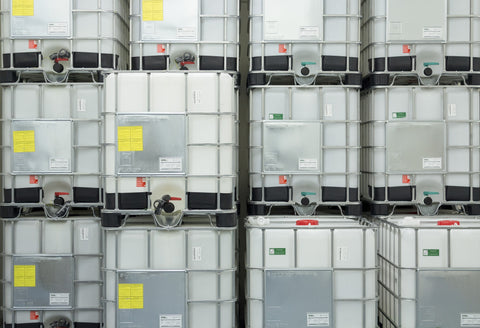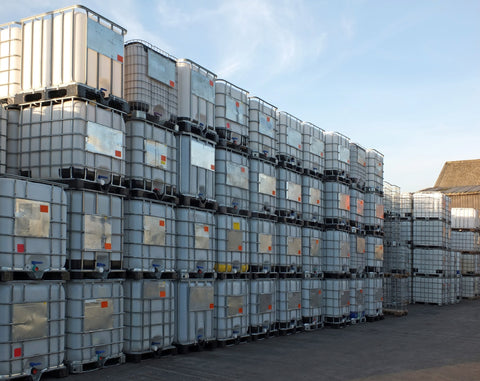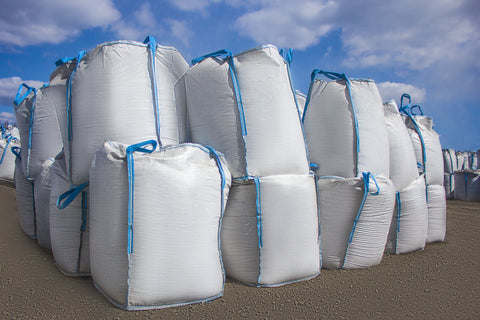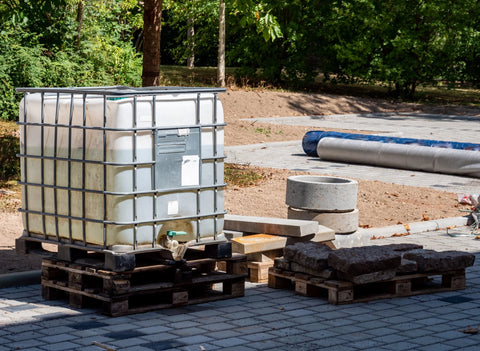An Introduction to IBC Totes
Companies often use Intermediate Bulk Containers (IBCs) to store and transport large quantities of liquids and dry goods. Because they are made of durable materials, IBCs can be used multiple times and are more sustainable than single-use containers. IBCs are also stackable, which helps save space. But not all IBCs are created equal—some are made with flexible materials, while others are made with rigid materials. In this blog post, we'll look at the pros and cons of flexible IBC tanks so that you can decide if they're the right option for your business.
How do you know which to choose?
The choice of the intermediate bulk container depends partly on the intended function the container serves. There can be many different purposes for IBC tanks and totes and depending on your industry or purpose. Many things to consider can go beyond just how well a specific IBC holds your specific contents but even considering the landfill space consumed, fossil fuels consumed, cleaning expenses or if the IBC is made from a renewable resource.
Rigid IBC tanks
Rigid IBC totes and tanks, or rigid intermediate bulk containers, have the most durability and strength for a rigid-type bulk storage container. They usually have a metal surface or cage and plastic construction inside of that, often made of HDPE, high-density polyethylene. These rigid IBCs are heavy duty and will be a solid long term option though cardboard IBCs are a more environmentally responsible alternative.
Cardboard IBC tanks
Cardboard IBC tanks or essential paper IBC containers are an environmentally friendly, foldable, and stackable containers. Usually, the IBBCs in cardboard boxes have a corrugated paper backing. Many are rated to be completely recyclable and made from FDA approved materials.
Flexible IBC tanks

IBC container is an enormous bag that can hold dry solids such as soil, grains, or plastic. Generally, they have thick polypropylene. Usually, the big bag is accessed via shackles – rope ties attached.
But what are flexible intermediate bulk containers made of? Flexible intermediate bulk containers (FIBCs) are non-rigid storage containers mainly intended to carry dry semi-solids such as sands or powders. Flexible bulk containers can easily collapse. They are, therefore, not only very useful but also easy to store if not fully packed.
A flexible intermediate bulk container can hold a variety of materials and amounts of product. It can also help to prevent damage, is non-reactive, and is generally safe to store and carry out with little trouble. Since it is made of soft, woven plastic, flexible bulk containers are an effective choice for items that could break when stored and transported. Intermediate containers are very flexible.
Flexible IBCs: The Pros
Flexible intermediate bulk containers have a few key advantages over their rigid counterparts. One big advantage is that they're easier to clean out. This is because the tank's walls can collapse inward, making it easier to reach all surfaces during the cleaning process. This can save your company time and money on cleanup costs.
Another advantage of flexible IBCs is that they're more versatile than rigid tanks. This is because they can be used in various settings, including those with limited space. Flexible tanks can also be stored in non-traditional places, like attics or crawl spaces.
Flexible IBCs for product integrity and low wastage percentage
Petrochemicals appreciate iBlock Tanks for their safety. Bulk grease users often choose flexible IBCs for the cost of transporting grease wastes and maintaining fluid integrity. In adhesives industries, rigid IBC tanks are preferred for oxygen or water resistance because of the better oxygen barrier, and the container can not be opened during the discharge. IBC tanks are used frequently in the pharmaceutical industry to store intermediate materials during manufacturing and manufacturing. Flexible packaging is also a good choice for these cases since expensive lotions can be easily released into the final drop.
Flexible IBC Tanks: The Cons
There are also some drawbacks to using flexible intermediate bulk containers. One downside is that they're not as durable as rigid tanks and may need to be replaced more often. Additionally, flexible tanks can be punctured more easily than rigid tanks, which can cause leaks. This could pose a safety risk if you're storing hazardous materials in a flexible tank.
Another con of flexible intermediate bulk containers is that they may not be compatible with all types of equipment. For example, certain pumps may not fit properly on a flexible tank due to their unusual shape. This could lead to extra costs associated with purchasing new equipment or adapters.
It Comes Down to the Capacity and Material
When deciding whether to use flexible or rigid IBC tanks, it's important to weigh the pros and cons carefully. If you're storing hazardous materials or need a tank compatible with existing equipment, then rigid tanks may be the better option for you. But if you're looking for an easy-to-clean tank with increased versatility, then flexible intermediate bulk containers may be worth considering.
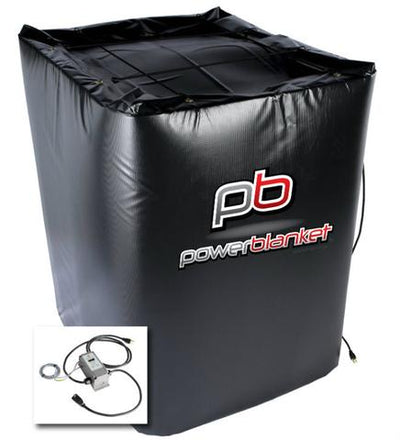
TH450-240V IBC Tote Heater: Powerblanket® has changed the conventional method of transferring heat to storage totes. This revolutionary design provides uniform heat throughout the entire ibc tote, thus eliminating hot and cold spots.


